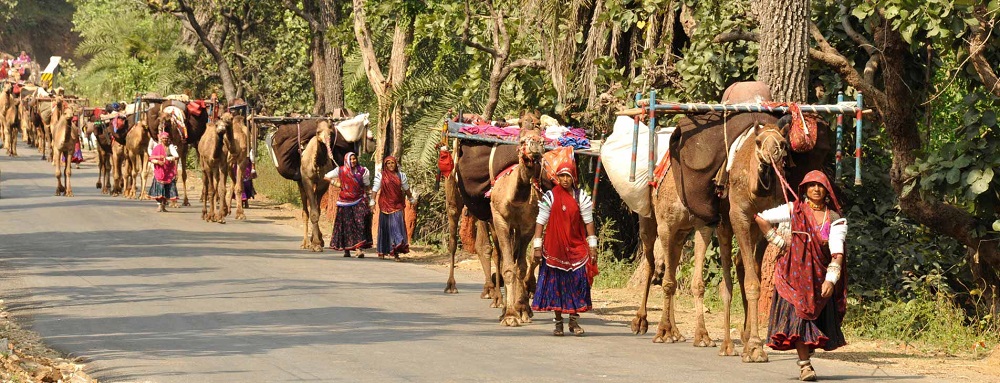Nestled in the western reaches of India, Gujarat not only boasts a rich cultural heritage but also serves as a haven for diverse and captivating wildlife. The state's varied landscapes, from the salt marshes of the Rann of Kutch to the dense forests of Gir, provide a unique canvas for an array of flora and fauna, intertwining nature and culture in a mesmerizing dance of life.
At the heart of Gujarat's wildlife culture is the Gir National Park, the last bastion of the Asiatic lion. Roaming freely in this expansive sanctuary, the majestic lions have become an iconic symbol of Gujarat's commitment to wildlife conservation. The park not only offers a glimpse into the regal lives of these big cats but also provides a sanctuary for various other species, including the elusive leopard, sambar deer, and Indian antelope.
The Rann of Kutch, a vast salt marsh, is another jewel in Gujarat's wildlife crown. This unique ecosystem undergoes a magical transformation during the monsoon, when it becomes a breeding ground for flamingos, pelicans, and other migratory birds. The vibrant avian culture that graces the Rann during this time is a testament to the delicate balance between nature and the changing seasons, a spectacle that draws birdwatchers and nature enthusiasts from around the world.
Gujarat's cultural connection with wildlife is exemplified in the traditional communities that coexist harmoniously with nature. The Maldharis, a pastoral community residing on the fringes of Gir, have cultivated a symbiotic relationship with the lions. Their unique way of life, intricately woven into the fabric of the landscape, showcases a cultural understanding and respect for the wildlife that shares their home.
The Velavadar National Park, often referred to as the "Blackbuck National Park," is a testament to Gujarat's commitment to preserving biodiversity. This grassland ecosystem is home to the graceful blackbuck, the Indian wolf, and a variety of bird species. The annual migration of the harriers, eagles, and vultures to Velavadar creates a mesmerizing spectacle, underscoring the importance of these protected areas in maintaining the delicate balance of Gujarat's wildlife culture.
The Marine National Park, off the coast of Jamnagar, is a submerged treasure trove of marine life. The colorful coral reefs and the diverse marine species, including dolphins and sea turtles, contribute to the underwater cultural heritage of Gujarat. The local fishing communities, with their traditional knowledge and sustainable practices, are an integral part of this marine ecosystem, emphasizing the deep connection between human culture and the natural world.
Gujarat's commitment to wildlife conservation is also evident in the various wildlife sanctuaries and conservation projects across the state. Efforts to protect endangered species, preserve habitats, and promote ecotourism contribute to a culture of environmental consciousness, ensuring that future generations can continue to marvel at the wonders of Gujarat's wildlife.
In conclusion, Gujarat's wildlife culture is a captivating blend of nature and tradition. The state's commitment to conservation, coupled with the coexistence of indigenous communities and diverse ecosystems, creates a tapestry where the threads of culture and wildlife are intricately woven together. Exploring Gujarat's natural wonders is not just a journey into the heart of biodiversity; it's an immersion into a cultural landscape that celebrates the beauty and harmony of the wild.

